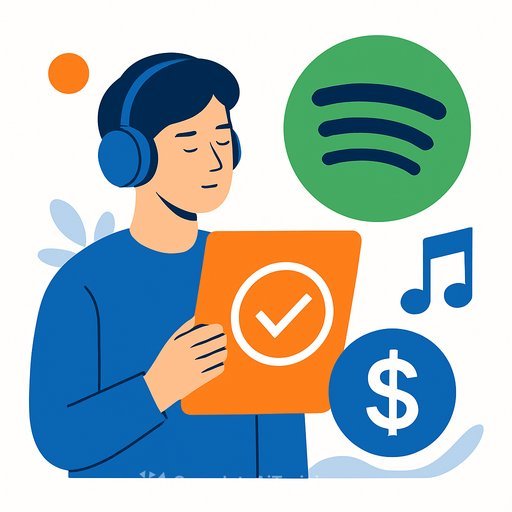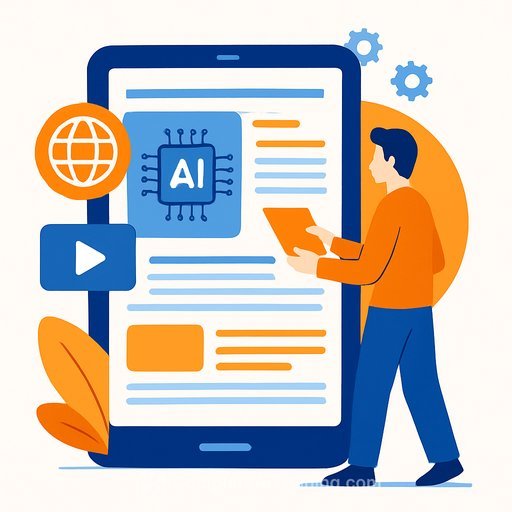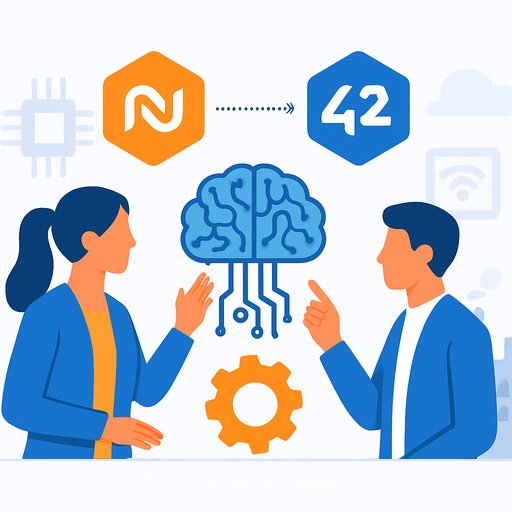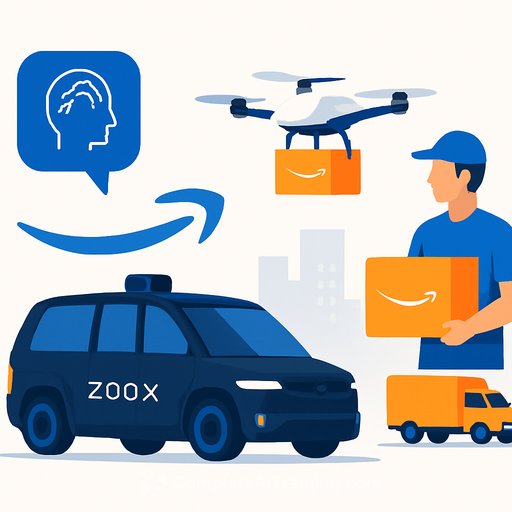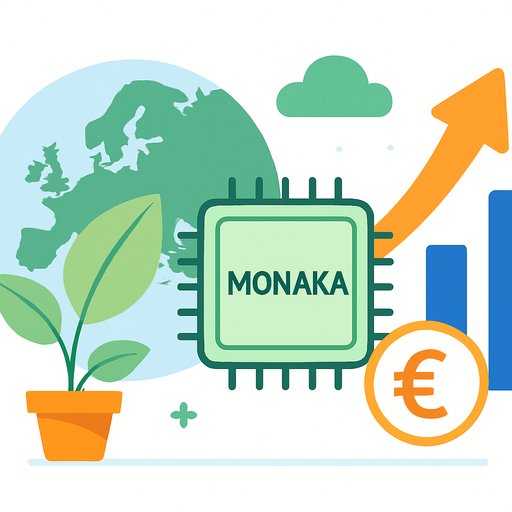Spotify's AI Announcements: What They Mean for Product Teams, Major Labels, and Indies
Spotify's push into AI isn't a side project. It's a signal that the listening experience, content pipeline, and rights model are being rebuilt in real time. If you work in product development, expect new workflows, new policies, and new user expectations across the catalog.
What's likely on the table
- AI-led listening: DJ-style commentary, smart sequencing, and mood-aware sessions.
- Prompt-based playlists: users type a vibe or scenario and get instant sets.
- Voice tech: translated and cloned voices for podcasts and potentially music-adjacent features.
- Content controls: labeling, provenance, fraud detection, and payout adjustments for synthetic or spam content.
For context on voice tech, see Spotify's voice translation for podcasts announcement. And for AI-led listening, the AI DJ feature gives a preview of direction here.
Why this matters for product development
Discovery becomes conversational. Catalog becomes modular (stems, versions, voice skins). Rights become programmable (consent toggles, territory rules, revocation). Your product needs to support these primitives without slowing the user.
Implications for major labels
- Licensing shifts from "track" to "model + derivative." Expect voice likeness licenses, stem usage rights, and prompt restrictions.
- Catalog defense: watermarking, detection, and takedown SLAs become standard. Product must integrate scalable provenance checks.
- New bundles: official "AI versions," language-localized editions, and sanctioned remixes-packaged with clear royalty splits.
- Metadata contracts: enforceable AI labels and machine-readable rights are table stakes for payouts and compliance.
Implications for indie sectors
- More reach with fewer resources: AI tools for production, translation, and micro-segmentation level the playing field.
- Volume risk: spam and near-duplicates can bury releases. Indices for quality (engagement depth, skip rate, save-to-stream ratio) matter more.
- Direct fan fabric: offer stems, remix rights, and official fan edits. Treat fans as collaborators with consent-first tooling.
- Data hygiene: clear credits, detailed descriptors, and consistent release notes improve ranking in AI-driven discovery.
What to build next (platform and tools)
- Consent and rights UI: opt-in flows for voice models, stem licensing, and derivative rules. Make consent granular and revocable.
- Provenance rails: upload checks for watermarking, model disclosures, and training permissions. Blocklist/allowlist at scale.
- Derivative pipelines: "Create official AI version" with policy guardrails, auto-metadata, and automated royalty routing.
- Fraud throttling: confidence scoring for uploads; rate limits tied to track novelty, listener retention, and complaint density.
- Listener controls: "Exclude AI," "Prefer official," and "Fan-made only" toggles to match user intent without friction.
Metrics to watch
- Intent fit: prompt-to-first-like rate, first-hour save/skip ratio.
- Session quality: average listening time per AI playlist vs. editorial baseline.
- Catalog health: duplicate density, detection match rate, and takedown cycle time.
- Rights integrity: percentage of content with verifiable provenance and consent.
- Creator trust: time-to-clearance for derivatives, dispute resolution time, and payout accuracy.
Risk map (and how to reduce it)
- Voice misuse: require consent capture, offer approved voice skins, and watermark outputs.
- Model opacity: mandate model/source disclosure on upload; flag unknown sources for manual review.
- Spam floods: novelty scoring, adaptive rate limits, and creator reputation tiers.
- Royalty contention: machine-readable splits at creation, instant recalculation on edits, transparent audit logs.
- User backlash: clear labels for AI use, simple controls to filter, and explainable recommendations.
Go-to-market sequence for product teams
- Pilot AI playlists with consent-first controls and visible labels.
- Roll out derivative tools to a small creator cohort with revenue-sharing baked in.
- Add voice features for podcasts first (lower rights complexity), then explore music use cases with licensed partners.
- Publish policy APIs so labels and distributors can automate compliance and metadata updates.
Bottom line
AI will change how music is created, packaged, and found. The winners will implement consent by design, provenance by default, and user intent controls at the surface. Build for speed, but build the guardrails in the same sprint.
If your team needs structured upskilling on AI for product work, explore Complete AI Training: Courses by Job.
Your membership also unlocks:

